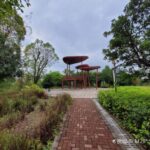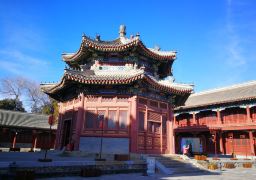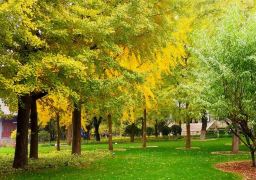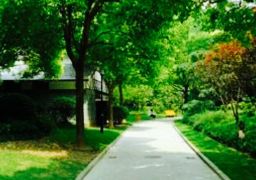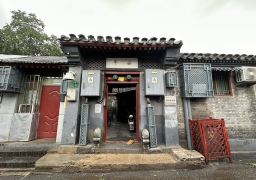Xituo Ancient Town was originally named Xijietuo. In ancient times, it was known as the ‘western boundary of Bazhou’. It got its name because it is located near the backwater bay on the south bank of the Yangtze River. It faces Shibaozhai, the pearl of the Yangtze River, across the river. As early as the Qianlong period of the Qing Dynasty, here was ‘flourishing in water and land trade and full of vitality, just like a county seat.’ The eye-catching scenic spot in the ancient town is Yuntijie (Ladder Street). Yuntijie is perpendicular to the Yangtze River and rises in a dragon shape. There are 113 steps and 1,124 bluestone steps. Looking up from the side of the Yangtze River, it seems like a hanging ladder directly inserted into the sky. Looking down from the top of the street, especially when there is fog, it is like being among the clouds. Therefore, people praise it as ‘Yuntijie’, also known as ‘Tongtian Street’. Yuntijie is a rare street perpendicular to the Yangtze River along the Yangtze River. It has very important scientific research value in the history of Chinese and foreign architecture. On both sides of the street are the Tujia stilted buildings of local people left over from the Ming and Qing Dynasties. Among them, there are buildings such as ‘Ziyungong’, ‘Yuwanggong’, and ‘Wantiangong’. The opening hours and specific business status are subject to the opening situation on the day.
Xituo Ancient Town
Xituo Ancient Town was originally named Xijietuo. In ancient times, it was known as the ‘weste[...]


